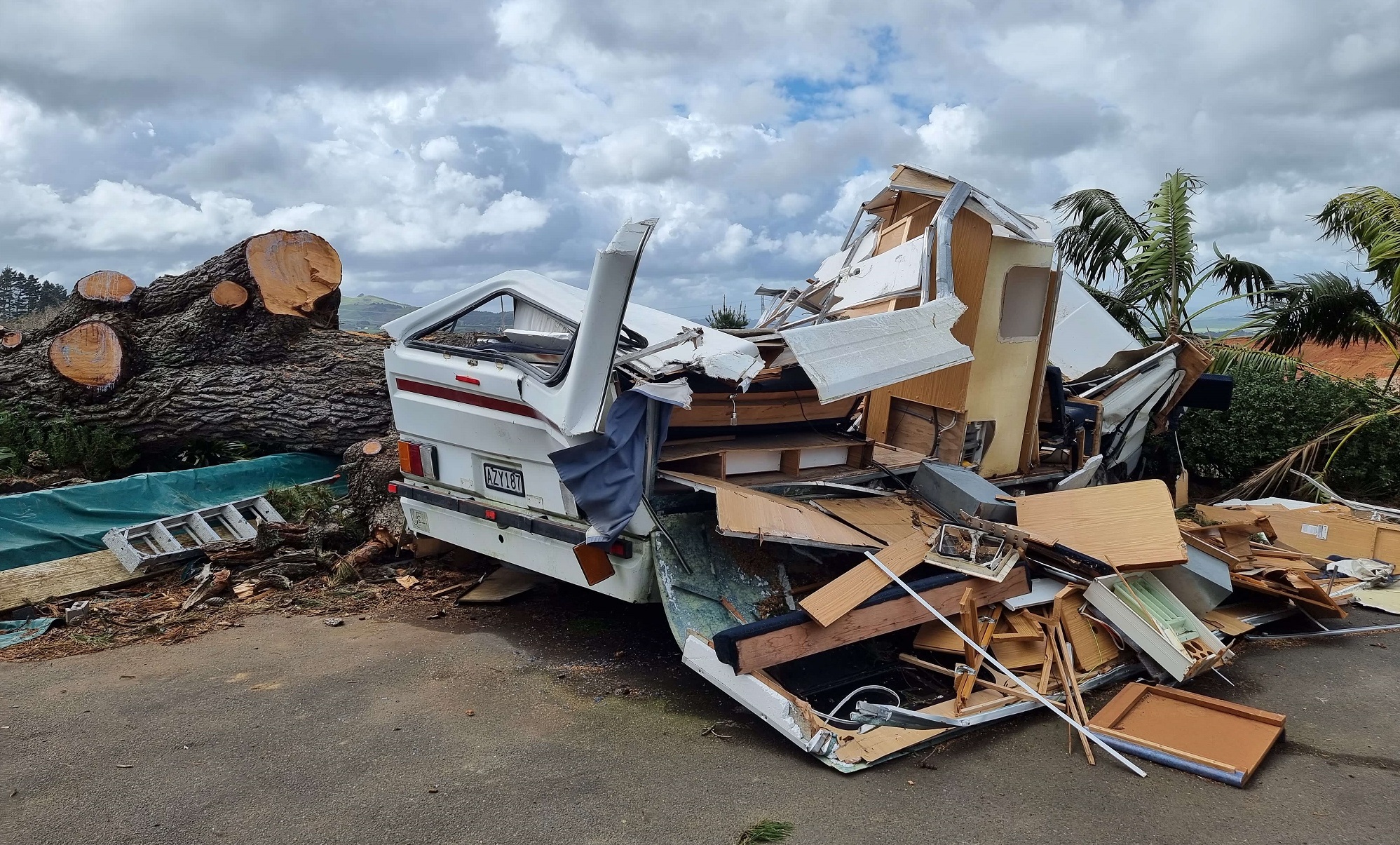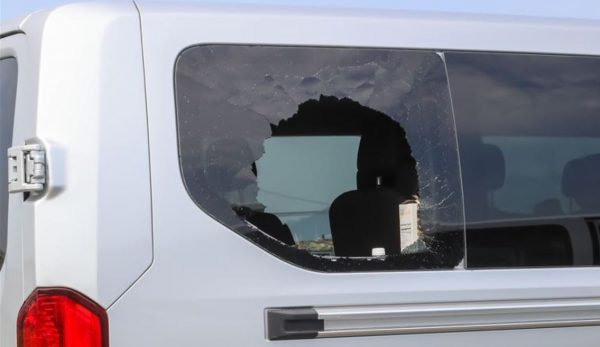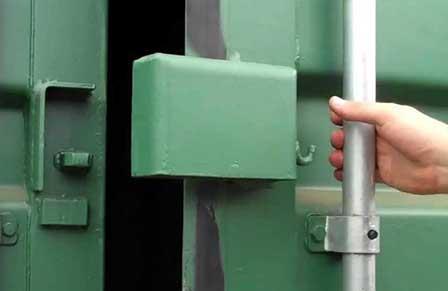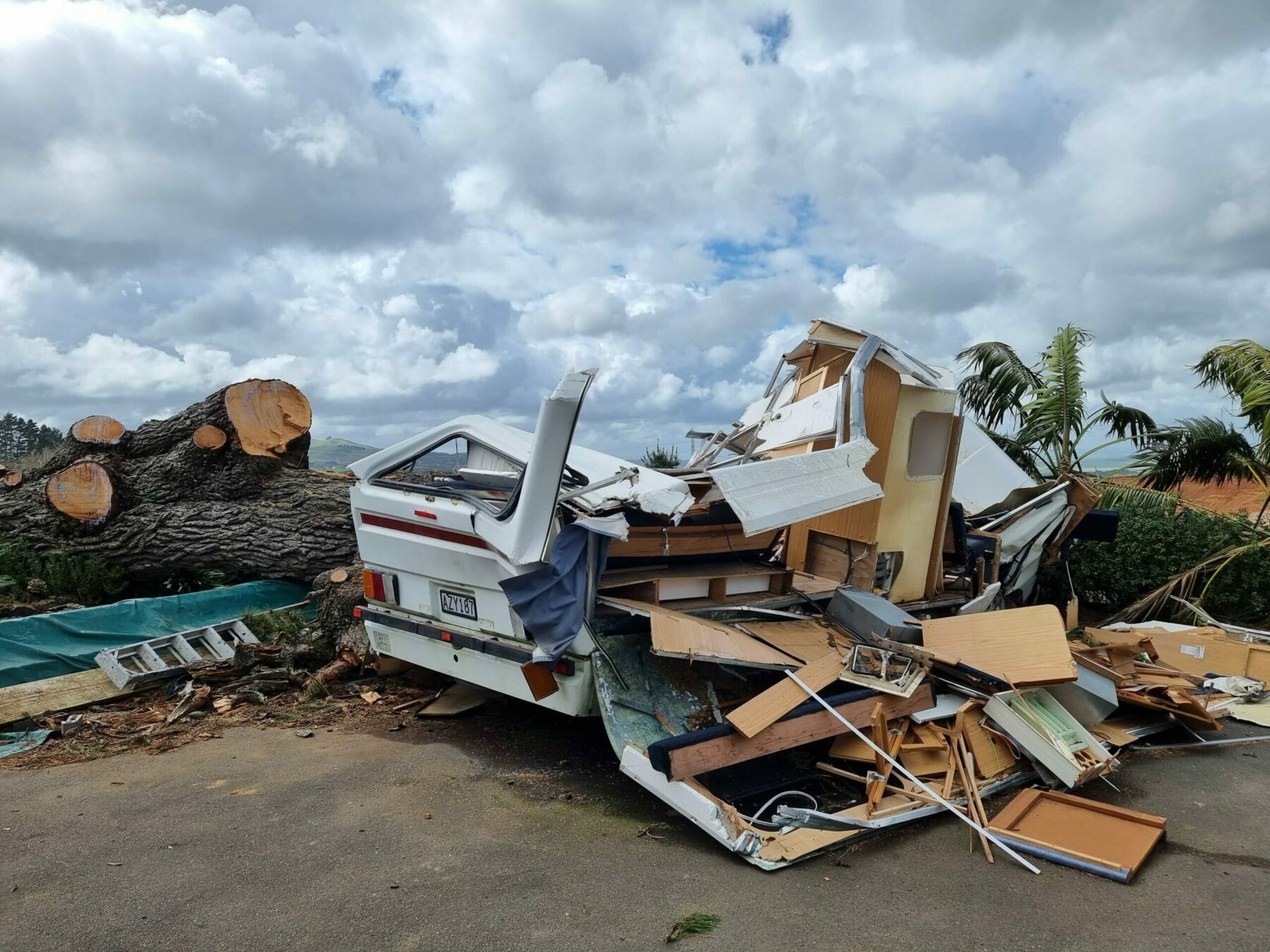It’s been a bad month for under-insurance, with three claim examples that should serve as a reminder to everyone to double check your cover is sufficient.

Motor Home Crushed By Falling Tree
This sounds like an unlikely scenario, but it is precisely what happened to a client of ours in the Auckland region a few weeks ago. This very large tree was blown over in a storm, destroying our client’s motor home and severely damaging an adjacent vehicle. Fortunately, no one was hurt and more serious damage was avoided, although a worker’s personal vehicle was also hit.
Unfortunately, the motor home had appreciated in value by about $20,000 since it had been originally insured. While it is unusual for vehicle values to go up we have seen this over the last few years due to Covid through increased pressure on global supply chains. This is particularly true of some trade vehicles, and motor homes.
Lesson: if your assets are increasing in value (and this can include your home or other property) don’t wait to increase the sum insured.
The other vehicle that was damaged was insured for third party, fire & theft only. Unfortunately, this meant it was not covered for accidental damage such as occurred in this event.
Lastly, the worker’s vehicle was also insured for third party only, so it too was not covered. Our client felt responsible for the damage to their worker’s vehicle and enquired if they held any insurance that would cover it. In this case, our client could perhaps have some liability due to it being their tree that fell on the worker’s vehicle. To have an insurance claim, they would need liability insurance as the property owner, ie. the owner of the tree. Liability insurance is typically included in a domestic house insurance policy, or can be purchased as a standalone cover alongside commercial or rural property.


Two Tools Thefts In 10 Days
This client had chosen to insure his tools for $10,000, on the basis that even though he owned substantially more than this, the likelihood of a larger claim was low, since the tools are typically spread across multiple vehicles and sites.
The first claim was for tools stolen from a van. The quote to replace the stolen items came to $12,000, wiping out the $10k insurance cover. Nine days later and while the first claim was still being sorted out (client compiling proof of ownership and a complete list of the stolen items) a container was broken into and more items stolen. Unfortunately, because the first claim wiped out the sum insured there was no money left on the policy for the second claim.
The amount of a claimed loss can be reinstated, upon payment of further premium, but only after the claim is settled.
Lesson: insuring a lesser amount than your total tools value can make sense when they’re spread around, but you take the risk if a claim is larger or if multiple claims exceed your cover limit.

Client Supplied Items Stolen From New Build Home
In this case the builder had arranged contract works insurance for a new home build. It was a full build job, so he insured for the full contract value. Unfortunately, quite late in the project there was a break in and some appliances were stolen. However, these appliances were supplied by the homeowner and not part of the builder’s contract price.
Typically, a contract works policy will provide automatic extensions on top of the contract value, for post loss allowances such as demolition costs or to allow for inflation over and above the original contract price (so that if there needs to be a rebuild due to a claim the increased cost of materials is allowed for). These allowances are usually specified in the build contract and there are industry standard amounts that contract works insurance policies default to. If these amounts are changed in the contract the policy can be updated to match them.
In this case these amounts were removed from the contract works insurance application, so none were allowed for. One of those allowances is an extra amount to cover materials that are supplied by the homeowner outside of the original contract price. This is fairly common, for example if the client wants to purchase their own whiteware or kitchen cabinets or bathroom vanity. The policy should include an amount for “principal supplied materials” to account for these, so they are insured. In some cases the insurer gives an allowance of 10% to account for this, in others you need to specify the amount.
Lesson: Make sure you follow the requirements of your contract for these allowances. If the homeowner is going to supply some of the materials themselves (or perhaps even arrange their own subcontractor for some work) make sure this is allowed for in the contract works insurance.
Allowances can be added back and sums adjusted anytime. If a contract is going to increase in value through variations or if the client is going to supply something themselves, get in touch with your insurer or broker to make an adjustment.
Lastly, in most cases your client won’t save any money by removing these allowances, or if they do it will be a very small amount, but the cost of excluding them could be substantial!



